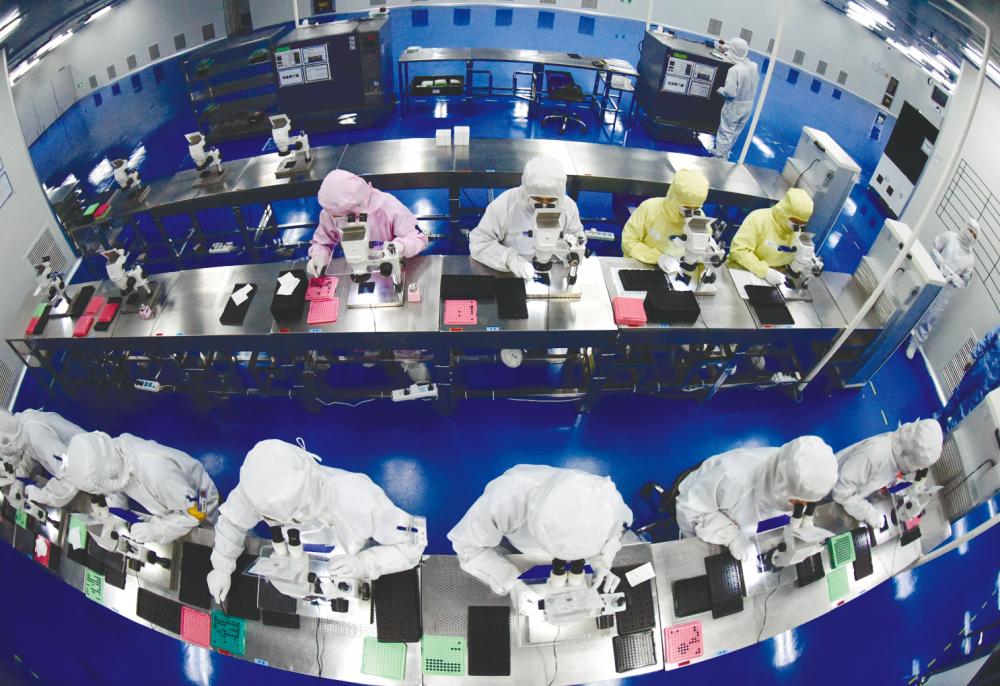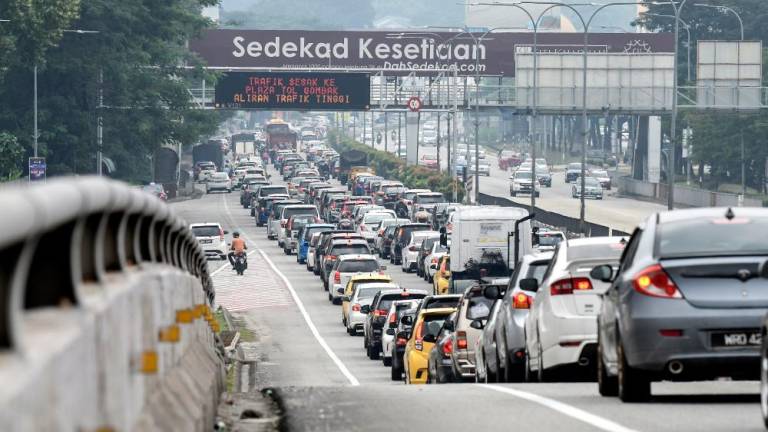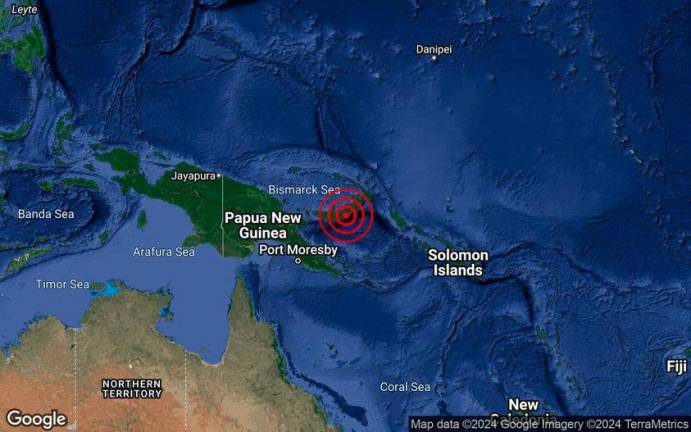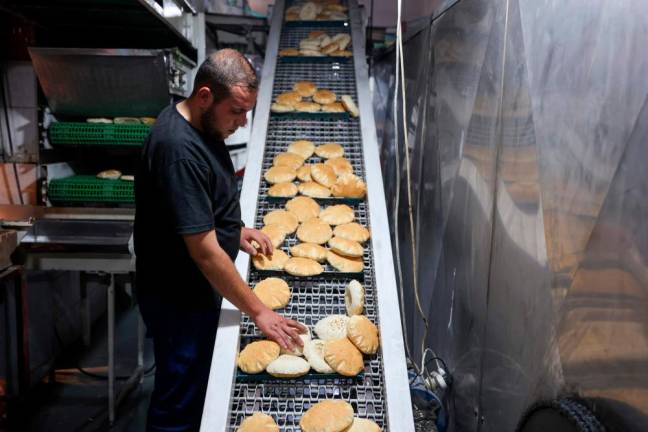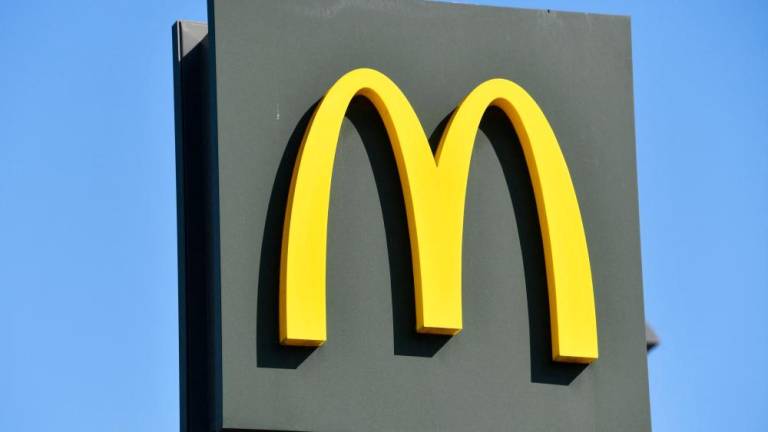BEIJING: China's factory activity growth slowed slightly in May as raw materials costs grew at their fastest pace in over a decade, weighing on the output of small and export-oriented firms.
The official manufacturing Purchasing Managers' Index (PMI) inched lower to 51.0 in May, against analyst expectations that it would remain unchanged from April at 51.1, data from the National Bureau of Statistics (NBS) showed on Monday.
The official PMI, which largely focuses on big and state-owned firms, has stood above the 50-point mark that separates growth from contraction for over a year.
While the Chinese economy has largely shaken off the gloom from the Covid-19 pandemic, officials warn the foundations for the recovery are not yet secure amid problems like higher raw material costs and the pandemic situation overseas.
Iris Pang, chief economist for Greater China at ING, said in a note that “external demand will likely remain flat” as economic recoveries in the United States and parts of Europe are likely to be “offset by increasing Covid cases in Asean, which is the biggest trade partner of China.”
Some emerging Covid-19 cases in China's Guangdong province, where most electronic factories are located, continued semiconductor chip shortages and high commodity prices are also among the challenges facing producers, she added.
A sub-index for new export orders stood at 48.3 in May, down from 50.4 in the previous month and slipping sharply into contraction.
A sub-index for raw material costs in the official PMI stood at 72.8 in May, up from April's 66.9 and hitting the highest level since 2010.
Prices for commodities such as coal, steel, iron ore and copper have surged this year, fuelled by post-lockdown recoveries in demand and easing liquidity globally.
China’s policymakers have repeatedly expressed concern about rising commodity prices in recent weeks and called for stricter management of supply and demand and to crack down on “malicious speculation.”
“We expect commodity prices to stabilise in the coming months,“ said Louis Kuijs, head of Asia economics at Oxford Economics.
Tougher oversight on spot and futures markets and increased global commodity supply in the second half of 2021 should help reduce cost pressures on China's firms, he said.
In addition to surging raw material prices, Chinese factories are struggling with high shipping costs and an appreciating Chinese currency. Some are able to pass on the higher costs to overseas customers, while some small firms are stopping taking orders to avoid losses.
A sub-index for the activity of small firms stood at 48.8 in May, sharply down from April's 50.8.
Firms continued to lay off workers and at faster pace, the official data also showed.
In the services sector, activity expanded for the 15th straight month, and at a faster pace, with the non-manufacturing PMI index rising to 55.2 from 54.9 the month before.
China posted a record 18.3% growth in the first quarter, but analysts expect the brisk expansion to moderate later this year.
Policymakers have pledged to support job-creating small firms that were hit harder by the coronavirus pandemic. The central bank is trying to cool credit growth to help contain debt risks, but is treading warily to avoid hurting the economic recovery.
Elsewhere, Japan's industrial output extended gains in April as manufacturers benefited from a recovery in appetite for capital goods, especially in key overseas markets.
The world's third-largest economy is expected to grow in the current quarter at a much slower pace than previously thought after the government extended coronavirus emergency measures in Tokyo and other major areas.
Separate data on Monday showed retail sales, a key gauge of consumer spending, surged in April, thanks largely to favourable statistical base effects from a year earlier, when the country was under an even stricter coronavirus curbs.
Official data released on Monday showed factory output grew 2.5% from the previous month in April, as higher production of general-purpose and electrical machinery offset a contraction in cars and transportation equipment output.
The rise in output was better than the previous month's 1.7% gain, but much weaker than a 4.1% advance forecast in a Reuters poll of economists as car production fell largely due to supply issues with semiconductors.
“It confirmed Japan's output has been improving steadily due to export-driven gains,“ said Ayako Sera, market strategist at Sumitomo Mitsui Trust Bank. “But it’s hard to get excited by the overall picture as domestic conditions are very stagnant due to the coronavirus.”
Shipments of capital goods such as production machinery to the United States and China rose, a government official said, highlighting growing foreign demand for capital equipment as a global economic recovery picks up.
Manufacturers surveyed by the Ministry of Economy, Trade and Industry expected output to lose 1.7% in May, followed by a sharp 5.0% rebound in June.
Factory output had posted a surprise increase in March, as a jump in car production helped keep the economic recovery on track. Hopes of a recovery in capital spending at home and in overseas markets and demand for tech-making equipment underpinned the outlook for output.
Some analysts worry that Japan's economy could fall into recession in the current quarter, after the government extended a Covid-19 emergency for Tokyo and other major areas until June 20, which is hurting consumer spending.
After emerging from last year's slump, the economy contracted in the first quarter as a slow vaccine rollout and repeated emergency measures put in place to halt a resurgence of infections dealt a blow to consumption.
In April, retail sales soared 12.0% year-on-year, the government said on Monday, mainly due to statistical base effects but also strong appetite for general merchandise and clothing.
Retail sales, however, shed 4.5% on a seasonally adjusted basis compared to the previous month, as consumer sentiment struggled with the most recent measures to stem a halt in coronavirus infections.
In Bangkok, the industry ministry said Thailand's manufacturing production index (MPI) in April rose for a second straight month and at the fastest pace in more than eight years, partially due to coming off a low base last year.
The MPI jumped 18.46% from a year earlier, beating a forecast in a Reuters poll for a 14.6% increase and against March's revised 5.89% increase. The MPI gain was boosted by higher production of automobiles, beer and air conditioners, the ministry said.
Capacity utilisation was 59.58% in April, down from 70.65% in March, the ministry said, with extended holidays taking place in April.
The MPI this month should be again supported by coming off a low base in 2020, when the Southeast Asian country imposed strict measures to contain its first Covid-19 outbreak, ministry official Thongchai Chawalitpichaet told a briefing.
The country's current wave of infections, which has included clusters detected in factories, may affect some production but should not have a significant impact on overall output, Thongchai said.
“Such infections were found among certain groups and are not affecting supply chains,“ Thongchai said.
In Seoul, government data showed South Korea's factory output in April unexpectedly declined from March but logged the fastest expansion in almost three years on a year-on-year basis compared to 2020's pandemic-impacted figures.
From March, industrial production fell by a seasonally adjusted 1.6%, the biggest contraction since May last year and missing a gain of 1.5% forecast in a Reuters survey.
However, on a yearly basis, factory output surged 12.4%, the fastest growth since October 2018 as production was sluggish in the second quarter of last year because of the outbreak of the coronavirus pandemic. – Reuters



